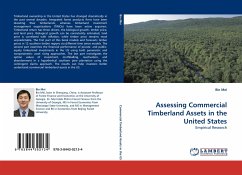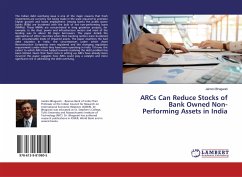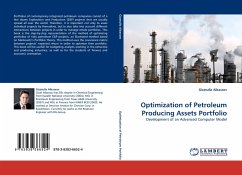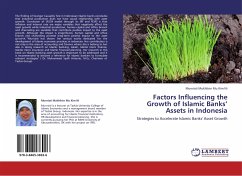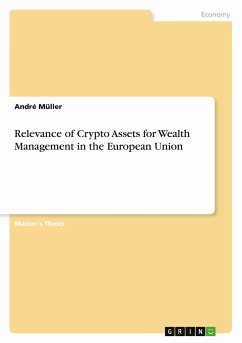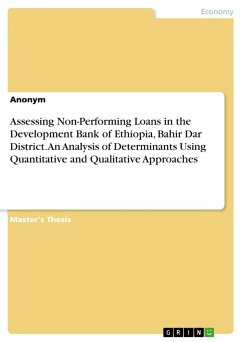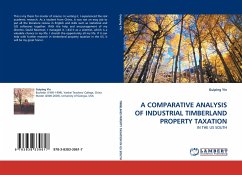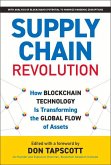Timberland ownership in the United States has changed dramatically in the past several decades. Integrated forest products firms have been divesting their timberlands, whereas timberland investment management organizations (TIMOs) have been active acquirers. Timberland return has three drivers, the biological growth, timber price, and land price. Biological growth can be consistently estimated, land price is correlated with inflation, while timber price remains most unpredictable. The first part of this book models and forecasts timber prices in 12 southern timber regions via different time series models. The second part examines the financial performance of private- and public-equity timberland investments in the US using both parametric and nonparametric asset ricing approaches. The last part investigates the option values of investment, mothballing, reactivation, and abandonment in a hypothetical southern pine plantation using the contingent claims approach. The results can help investors better understand commercial timberland assets in the US.
Bitte wählen Sie Ihr Anliegen aus.
Rechnungen
Retourenschein anfordern
Bestellstatus
Storno

